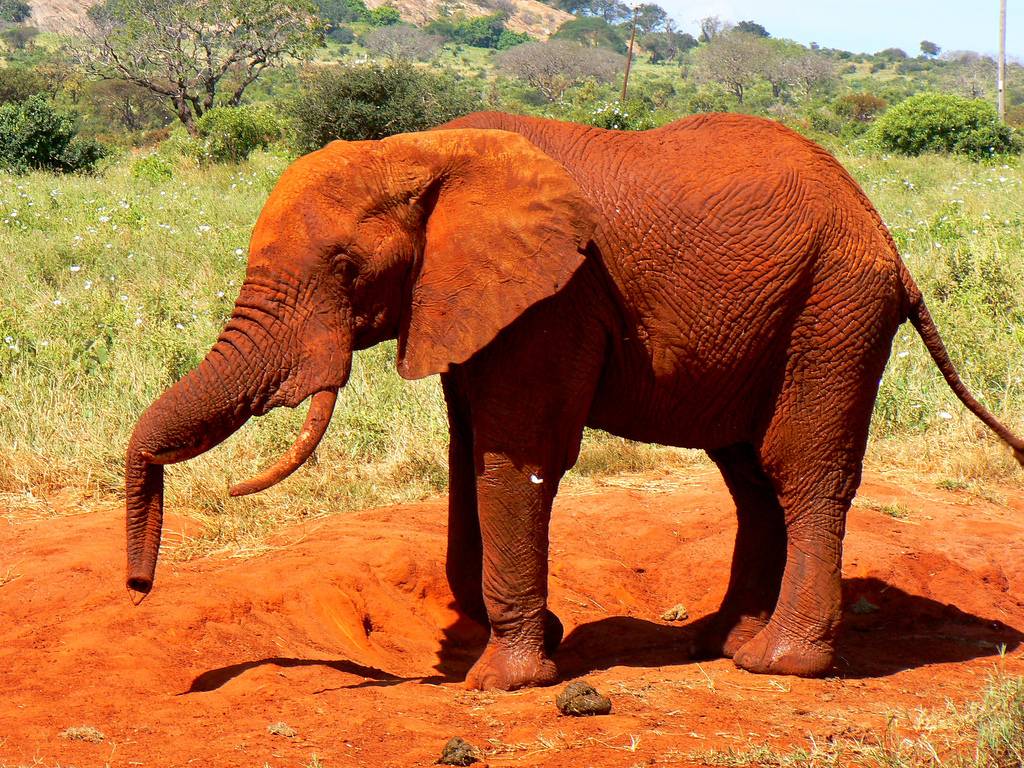In the vast tapestry of wildlife, few creatures captivate our imagination quite like the red elephant. This magnificent animal, often shrouded in myth and wonder, serves as a powerful symbol of strength and resilience. The red elephant stands out not only due to its size but also because of its unique coloration, which inspires awe and curiosity among animal lovers and researchers alike. Found predominantly in the arid regions of Africa, these elephants have adapted to their harsh environments, showcasing remarkable survival skills. Their striking reddish hue, derived from the iron-rich soil they inhabit, makes them a fascinating subject for study and admiration.
The red elephant is not just a biological marvel but also a cultural icon in many African communities. It represents wisdom, memory, and familial bonds, reflecting the deep connections that exist within elephant herds. As we delve deeper into the life and characteristics of the red elephant, we will uncover the significance it holds in both the ecological balance and the cultural narratives of the regions it inhabits.
In this article, we will explore various aspects of the red elephant, from its habitat and behavior to its role in folklore and conservation efforts. Join us as we embark on this enlightening journey to understand and appreciate one of nature's most remarkable creatures.
What is the Habitat of the Red Elephant?
The red elephant primarily resides in specific regions of Africa, particularly in the savannahs and arid landscapes of countries like Kenya and Tanzania. These elephants thrive in areas where they can find food, water, and shelter. The unique geological features of these regions, along with the availability of iron-rich soil, contribute to the elephants' distinctive reddish appearance.
How Does the Red Elephant Adapt to Its Environment?
Adaptability is key to the survival of the red elephant. Here are some of the remarkable adaptations they exhibit:
- Coloration: The red hue helps them blend into their environment, providing camouflage from predators.
- Social Structure: They live in matriarchal herds, which enhances their survival through cooperation and shared knowledge.
- Diet: Red elephants are herbivores and can consume a variety of plants, which allows them to thrive in areas with limited food resources.
- Migration: They often migrate in search of water and food, demonstrating their resilience in harsh conditions.
What Role Does the Red Elephant Play in Its Ecosystem?
The red elephant plays a crucial role in maintaining the ecological balance of its habitat. As large herbivores, they help shape the landscape by:
- Controlling vegetation growth, which promotes biodiversity.
- Creating pathways and watering holes that benefit other wildlife.
- Dispersing seeds through their dung, aiding in plant propagation.
Are There Any Myths Associated with the Red Elephant?
The red elephant has captured the imagination of many cultures, leading to the emergence of various myths and legends. In some African tribes, it is believed that the red elephant possesses supernatural powers and is a guardian of the land. These myths often reflect the elephant's significance in the local ecosystem and the respect it commands among communities.
What Are the Conservation Efforts for Red Elephants?
Despite their majestic presence, red elephants face numerous threats, including habitat loss and poaching. Conservation organizations are actively working to protect these magnificent creatures through various initiatives:
- Creating wildlife reserves to safeguard their habitats.
- Implementing anti-poaching measures to prevent illegal hunting.
- Engaging local communities in conservation efforts, promoting coexistence.
- Conducting research to understand their behavior and ecology better.
Are Red Elephants in Danger of Extinction?
While the red elephant is not currently classified as endangered, their populations are declining due to human activities. Conservationists urge for immediate action to preserve their habitats and protect them from poaching. The survival of the red elephant is vital not just for ecological balance but also for cultural heritage.
What Can We Do to Help the Red Elephant?
As individuals, we can contribute to the conservation of the red elephant in several ways:
- Support wildlife conservation organizations through donations or volunteering.
- Raise awareness about the threats faced by elephants and the importance of biodiversity.
- Reduce our ecological footprint by choosing sustainable products and practices.
- Advocate for policies that protect wildlife and their habitats.
Conclusion: The Importance of the Red Elephant
The red elephant is more than just an extraordinary animal; it is a vital part of the ecosystem and cultural heritage of Africa. Understanding and protecting this majestic creature is essential for the health of our planet and the richness of our shared human experience. By taking action and raising awareness, we can ensure that future generations will continue to marvel at the beauty and significance of the red elephant.
Experience The Glamour At Drybar Nashville
Discovering The Killachand Fellowship: A Gateway To Academic Excellence
Discovering ThatRabbit: The Enigmatic Journey Of A Unique Character


